THE UNIVERSITY OF CHICAGO PRESS, CHICAGO 60637 The University of Chicago Press, Ltd., London Copyright 1949, 1955, and 1960 by Richard Lattimore.
All rights reserved. Published 1955. Second Edition 1960.
Printed in the United States of America 16 15 14 13 12 11 10 09 08 07 21 22 23 24 25 ISBN-13: 978-0-226-46944-7 (paper)
ISBN-10: 0-226-46944-1 (paper)
ISBN-13: 978-0-226-07577-8 (e-book)
LCN: 60-51615  The paper used in this publication meets the minimum requirements of the American National Standard for Information SciencePerformance of Paper for Printed Library Materials. ANSIZ39.48.1992. GREEK LYRICSTranslated byRichmond Lattimore SECOND EDITION
The paper used in this publication meets the minimum requirements of the American National Standard for Information SciencePerformance of Paper for Printed Library Materials. ANSIZ39.48.1992. GREEK LYRICSTranslated byRichmond Lattimore SECOND EDITION
REVISED AND ENLARGED THE UNIVERSITY OF CHICAGO PRESS
CHICAGO & LONDON PREFACE TO THE FIRST EDITION For about a century and a half, roughly from the middle of the seventh century B.C. to the end of the sixth, the dominant form of literature in Greece was the independent short poem.
We may call them lyrics, though to the Greeks themselves this term would have described only those poems which were meant to be sung or chanted to the accompaniment of a lyre. Before this period, or so I think, came the age of epic, culminating in the two great Homeric poems; after it came the perfection of drama and the development of prose, for science, speculation, historical narrative, and persuasion. The lyrics of our period were of the most varied kind. We may find them secular or sacred; provincial or cosmopolitan; personal or objectively public; mere sequences of lines or couplets or elaborate stanzas or strophes; and in various dialects. Yet in a way they have a kind of unity, because of the period in which they belong, because of their relative brevity and self-sufficiency, and because of the shared accident of their destruction. We have manuscripts proper only for Theognis and Pindar, and for Pindar all but the victory odes are fragmentary.
For other poets, we have only a collection of quotations from subsequent authors and scraps of papyrus from Alexandrian Egyptmostly fragments, but sometimes poems quoted or preserved in full. The following lyrics are offered here in translation in the hope that they may give some notion of what this poetry was like. Some of these translations have appeared previously in the Hudson Review and the Quarterly Review of Literature. PREFACE TO THE SECOND EDITION In making additions to the first printed edition, I have limited myself to poems or fragments which, taken out of context, can still have enough interest or merit to justify their place and have kept reminding myself that if the selection grows too large, it will lose the value of being a selection. The book is still aimed at students (in the widest sense) of literature who do not know Greek or know only a little. Advanced scholars and experts will read these offerings only for fun, or out of curiosity, or pure kindness, or, perhaps, malice. The notes, too, have been enlarged, but here again I have avoided detail.
There may now be a place in scholarship for a history of Greek literature designed for the Greekless reader, and such a history ought to have several chapters on the lyric; but this selection is not meant to be a part of any such book. I hope, though, that it will be useful to add a few comments on the types of poetry that have been lumped together under the comprehensive term lyric and to give a geographical sketch, with the help of a map, of the distribution of the poets who have been lumped together under the comprehensive term Greek. The chief types follow. Elegiac couplet.This was based on the Homeric-Hesiodic hexameter and composed in the Homeric (Ionic-Aeolic) dialect. It was the most popular verse form for poetry that was neither narrative nor dramatic nor choral and covered every kind of subject, public and (more often) personal, sacred and (more often) secular. The short elegiac poem, which is what we mostly mean by epigram, continued to be the most persistent single form of Greek poetry down to the end in Roman and Byzantine times.
Represented in Callnus, Archlochus, Tyrtaus, Mimnrmus, Solon, Phoclides, Xenphanes, Thegnis, Early Metrical Inscriptions, Sappho (?), Simnides of Ceos. Iambic.This is much like our own blank verse in general effect, though the principle was probably quite different. Greek poets think of iambics in pairs, and the six-beat verse is three pairs, or trimeter. It was originally associated with invective or satirical content, was personal rather than public, and secular rather than sacred. At some date hard to determine precisely, it was adopted by Epichrmus of Syracuse and the comic poets of Athens for use in the spoken parts of comedy, and by the Athenian tragic poets for the spoken parts of tragedy. True lyric.Lyrics would properly mean songs to be accompanied by the lyre. True lyric.Lyrics would properly mean songs to be accompanied by the lyre.
While there is some overlapping and confusion, it is generally possible to distinguish two main types. Lyric monody.This includes poems, mostly short, composed in stanzas, designed for a single singer or to be read. They were mostly secular; when sacred, private; and in the local dialect of the writer. It is not, however, always possible to distinguish between monodic and choral lyric, especially in the form of presentation; and the classification of Cornna as monodic is somewhat arbitrary. Represented in Sappho, Alcaus, Ancreon, Praxlla, Anonymous Drinking Songs, Hbrias, Anonymous Lyrics, Cornna, Simnides of Ceos. Choral lyric.This includes poems to be sung by a chorus, and poems made in the form of such chorales.
They were mostly longer than monodies and were composed in far more elaborate stanzas. They were chiefly sacred and public, or semi-public (hymns, paeans, dithyrambs, maiden-songs, victory odes). Choral lyric is mostly composed in a sort of international literary language in which the predominant dialect is Dorian, as Sparta was the early capital of choral lyric. Represented in Terpnder, Alcman, Steschorus, bycus, Simnides of Ceos, Pindar, Bacchlides. Birthplaces of poets in this selection: Asia Minor Clophon: Mimnrmus Xenphanes Teos: Ancreon phesos: Callnus Hippnax Mletus: Phoclides Islands Antssa: Terpnder Mytilne: Sappho Alcaus Amrgos: Semnides Paros: Archlochus Ceos: Simnides Bacchlides Crete: Hbrias (not shown on the map) Mainland Thebes: Pindar Tnagra: Cornna Athens: Solon Mgara: Thegnis Scyon: Praxlla Sparta: Tyrtaus Alcman Italy and Sicily (not shown on the map) Rhgium: bycus Hmera: Steschorus The map of lyric poetry shows that Ionia and the Islands dominated elegy and iambic and that the Dorian and Aeolic communities (Lesbos, Boeotia, Sparta) dominated the true lyric. The surprise, for many, will be the small part played by Athens.
Solon, good inscribed epigrams, and the drinking songs give some idea of what was to come. Toward the end of the sixth century, good foreign poets, like Ancreon and Simnides, were attracted there, and Pindar himself got some of his early schooling at Athens. But the greatness of Athens in literature was not established until the fifth century. I emphasize this because Greek literature and Athenian literature are too often spoken of as if they were synonymous terms. CONCORDANCE CHIEF TEXTS WITH EDITORS BOWRA, C. Pindari Carmina. Oxford, 1935. DIEHL, E. Anthologia Lyrica Graeca. Vol. 1, 2d. ed., Leipzig, 1936; vol. 2, 1st. ed., 1925. ed., 1925.
EDMONDS, J. M. Elegy and Iambus. Vols. 1 and 2, London and New York, 1931. . 1, 2, and 3, 2d. ed., London and New York, 1928. ed., London and New York, 1928.
FRIEDLNDER, P., and HOFFLEIT, H. B. Epigrammata. Berkeley and Los Angeles, 1948. LOBEL, E., and PAGE, D. L. MURRAY, G. MURRAY, G.
Next page
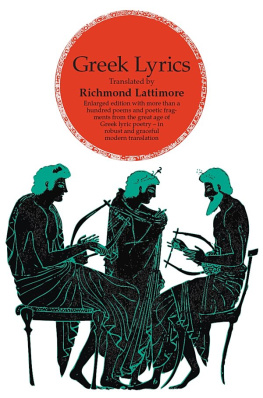
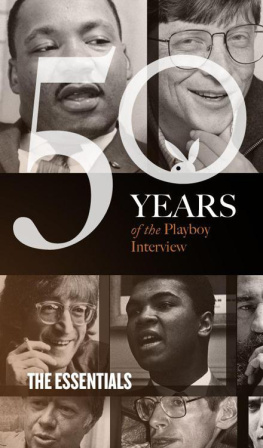
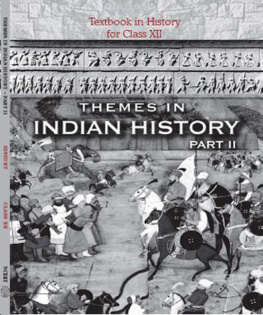
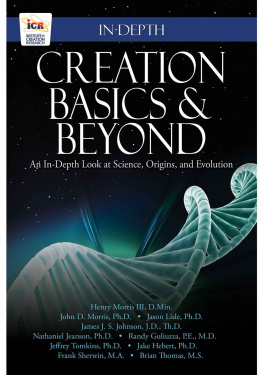
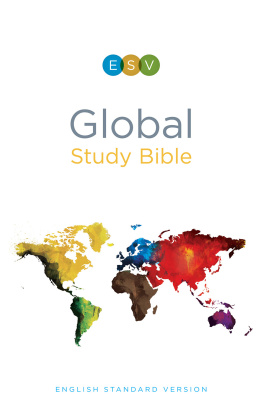
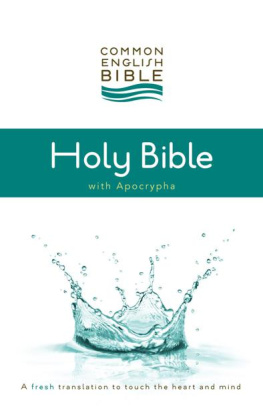


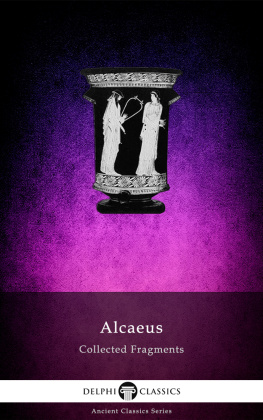

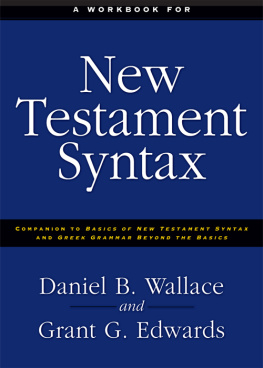
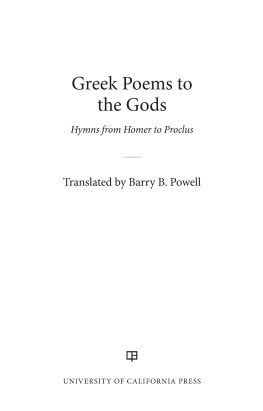
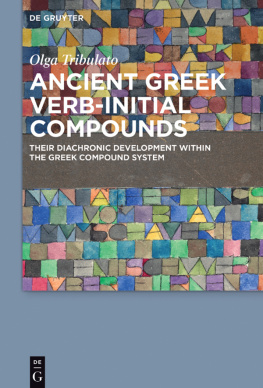
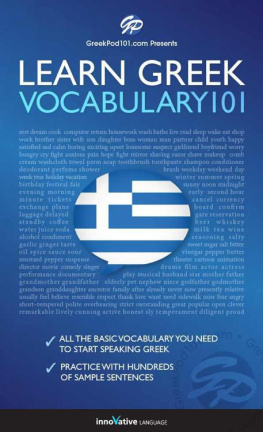
 The paper used in this publication meets the minimum requirements of the American National Standard for Information SciencePerformance of Paper for Printed Library Materials. ANSIZ39.48.1992. GREEK LYRICSTranslated byRichmond Lattimore SECOND EDITION
The paper used in this publication meets the minimum requirements of the American National Standard for Information SciencePerformance of Paper for Printed Library Materials. ANSIZ39.48.1992. GREEK LYRICSTranslated byRichmond Lattimore SECOND EDITION